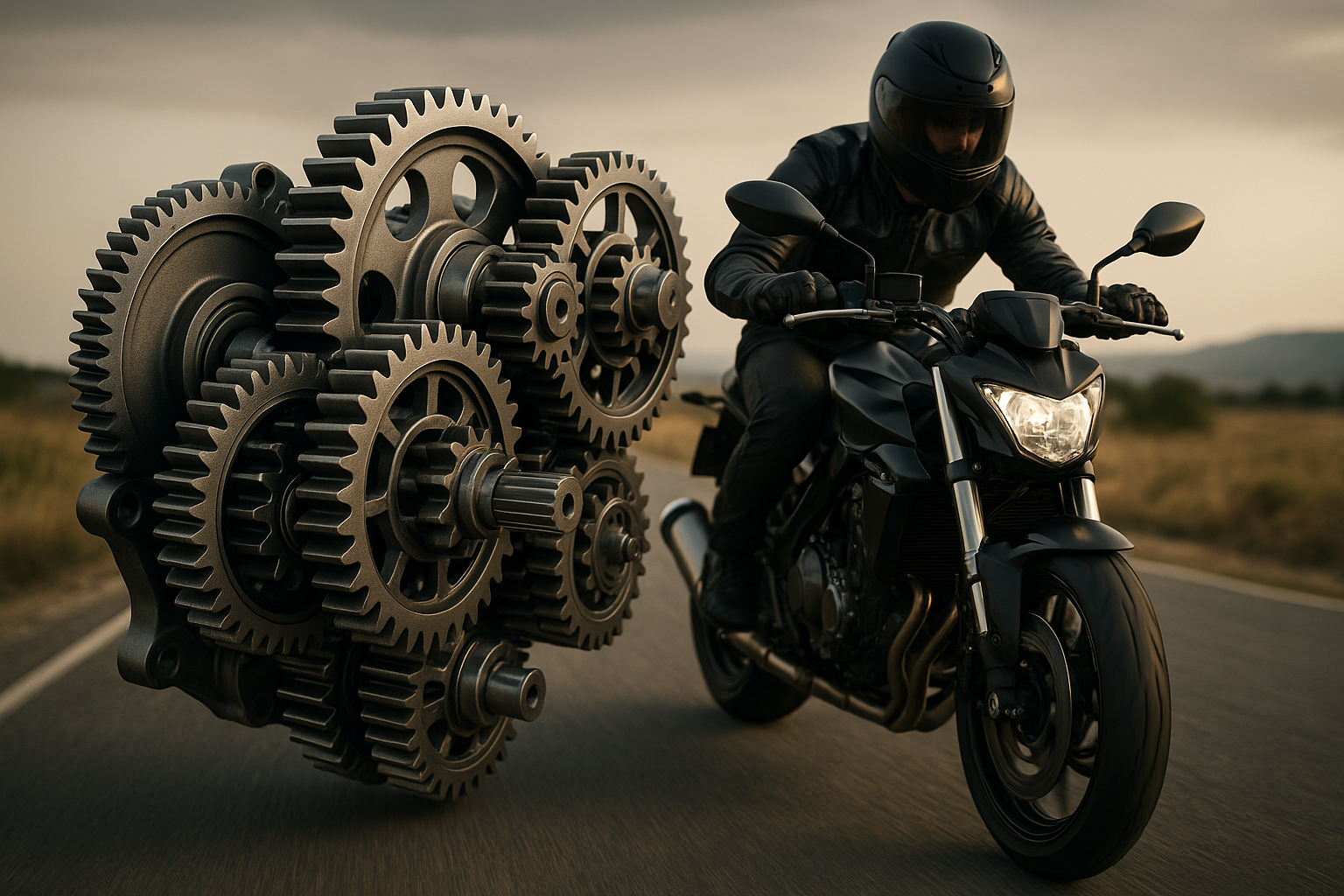"Shifting Gears: A Journey through the Evolution of Motorcycle Transmission Systems"
Introduction: Motorcycle transmission systems have evolved significantly over the years, bringing a profound transformation to the riding experience. This article will take you through the history, progression, and current trends in motorcycle transmissions, offering a comprehensive understanding of their role in shaping the motorcycle industry.

The Advent of Motorcycle Transmissions
Motorcycle transmissions, integral to the overall performance of any bike, have come a long way since the early days of motorcycling. In the late 19th century, motorcycles were essentially motorized bicycles with single-gear mechanisms. There were no clutches or gear systems to speak of, meaning riders had to manually pedal to start the engine and maintain momentum at low speeds.
The Evolution towards Multi-Speed Transmissions
The advent of multi-speed transmissions in the early 20th century was a game-changer. The introduction of two-speed transmissions allowed riders to shift gears, enhancing the bike’s overall performance and making rides smoother and more enjoyable. The progression to three, four, and eventually six-speed transmissions provided even more control, facilitating high-speed rides and improving fuel efficiency.
The Shift to Seamless Transmission Systems
In recent years, the motorcycle industry has been revolutionized by the introduction of seamless transmission systems. Originating in the world of MotoGP, these systems allow for incredibly quick gear changes with virtually no interruption in power. This groundbreaking technology has significantly improved riding comfort and performance, although it also poses challenges concerning cost and maintenance.
Current Trends: Dual Clutch Transmissions
One of the latest trends in motorcycle transmissions is the Dual Clutch Transmission (DCT). DCTs, first introduced to the automotive industry, have now found their way onto motorcycles. They offer smoother gear changes, better fuel efficiency, and a more user-friendly riding experience, especially for novice riders. However, the added weight and complexity of DCTs have been points of contention among motorcycle purists.
Looking Ahead: The Future of Motorcycle Transmissions
As we look towards the future, the motorcycle industry continues to innovate. Semi-automatic transmissions, which combine the benefits of manual and automatic transmissions, are gaining popularity. Meanwhile, electric motorcycles, with their direct-drive transmissions, challenge the very need for traditional transmission systems.
In conclusion, transmission technologies have played a crucial role in shaping the motorcycle industry. The constant evolution of these mechanisms is a testament to the industry’s commitment to enhancing the riding experience through technological innovation. It will be fascinating to see where this journey takes us next.




